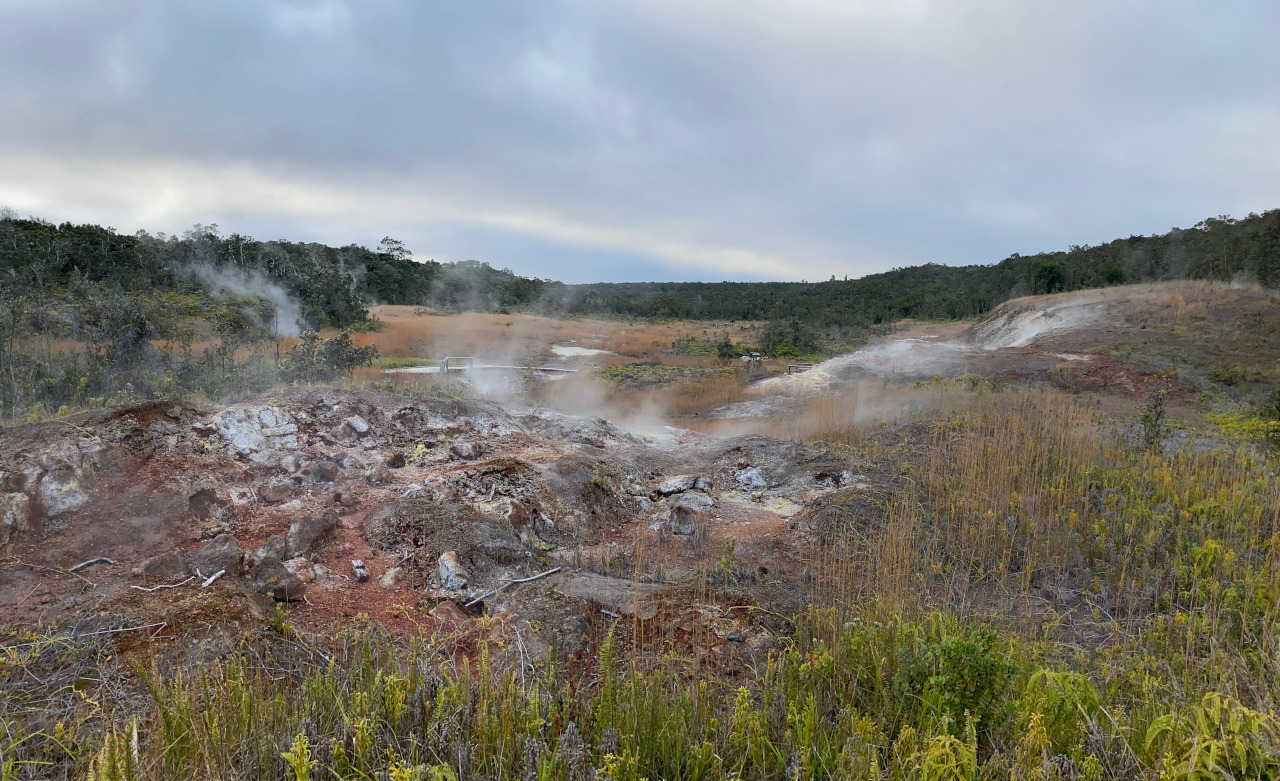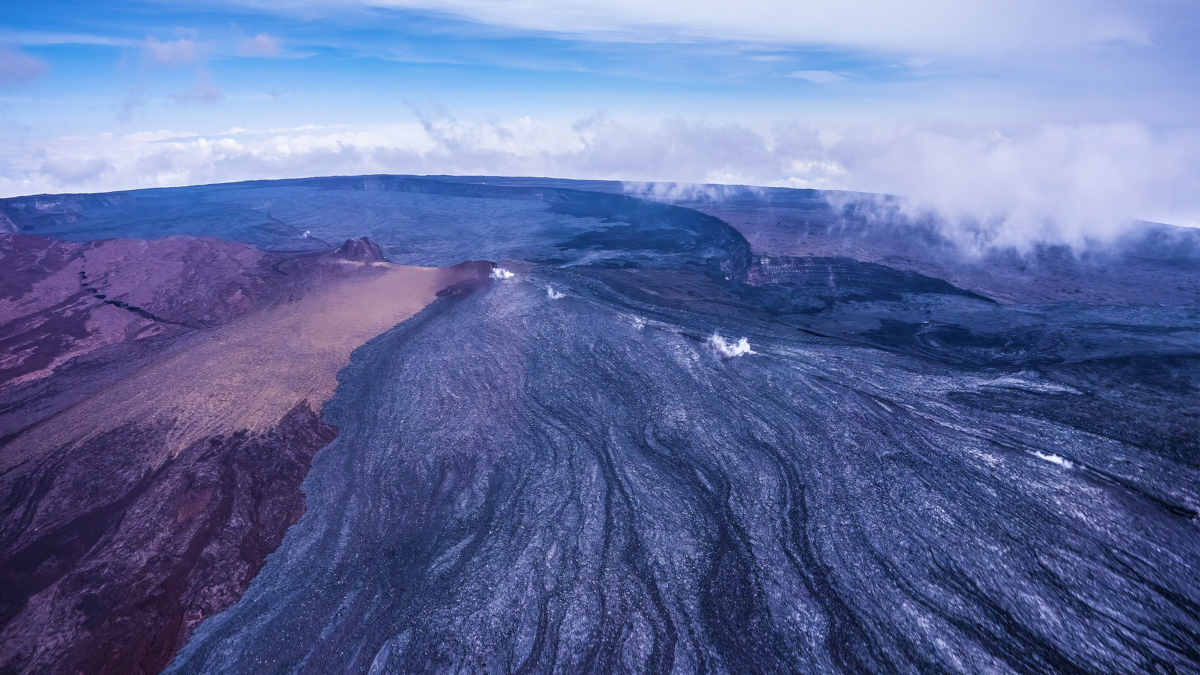(BIVN) – The ongoing eruption at the summit of Kīlauea remains paused, and the USGS Volcano Alert Level is at WATCH.
The next eruptive episode – Episode 30 – is likely to occur in approximately 4-8 days, based on current rates of inflation.
This week’s Volcano Watch, written by U.S. Geological Survey Hawaiian Volcano Observatory scientists and affiliates, examines the connection between volcanoes and critical minerals.
From the Volcano Watch:
If you’ve read “Volcano Watch” articles before, you can probably list several reasons that scientists study volcanoes. However, there is another reason to study volcanoes that may surprise you: critical mineral resources of economic importance.
Volcanoes act as windows into the deep Earth. They help us understand the formation of our planet and others like it in the solar system. Living on or near an active volcano can be both beneficial, due to their rich soils and tourism appeal, but they also pose hazards to the communities around them. For this reason, we need to understand what drives volcanic eruptions and monitor volcanoes to keep communities safe.
Long after magma has stopped rising through the crust and the last eruption at a volcano has ceased, another process takes places in volcanic systems deep underground. Fluids begin to percolate through the system—they flow through the old magma reservoirs, the dykes and sills, buried lava flows and hydrothermal systems—transporting elements and chemically altering the surrounding rocks. Unlike the geologically short and violent lives of volcanoes, the formation of mineral systems is a slow, quiet process that can take millions of years.

USGS: “The Ha‘akulamanu trail within Hawai‘i Volcanoes National Park passes through the Sulphur Banks area, where long-term degassing near Kaluapele (Kīlauea summit caldera) has altered the basalt to colorful minerals including yellow sulfur, white gypsum, and reddish-brown hematite.” (USGS photo by C. Sealing)
According to the Energy Act of 2020, “critical minerals” are those minerals, elements, substances, or materials designated as critical because they serve an essential function for energy technology and have a high risk of supply chain disruption. The list of critical minerals includes elements like lithium, nickel, magnesium, platinum, iridium, and rare earth elements, among others. These elements have become important for our everyday lives, and are used in everything from solar panels, batteries, vehicles, power plants, medical devices, to smartphones.
More than half of the world’s critical mineral resources formed in ancient volcanic systems. When exploring for mineral resources, your location within the volcanic system will determine the type of ore bodies you’d expect to find.
For instance, deep in the volcanic system, minerals like chromium, titanium, vanadium, and platinum-group elements are found in layered intrusive rocks that were once bodies of magma that never made it to the surface.
The most abundant source of rare earth elements are strange magmas called carbonatites that are found at the edges of ancient continents and in ancient rift systems within continents. In other volcanic systems, like submarine volcanoes, magmatic-hydrothermal systems yield minerals like copper, lead, zinc, and gold.
The richest mineral deposits are often found in the oldest volcanic rocks. They’ve been weathered down, eroded, and buried, while fluids have moved through continuously altering the rocks themselves. You probably wouldn’t recognize them as old volcanic systems without a geology degree—and even then, it’s hard!
As geologists, we use observations of our modern world to help us understand the formations of the past. Studying recent and active volcanic systems—where they form, how they’re shaped inside, what magmas they produce, and how they interact with the surrounding environment—allows us to better understand and explore for these ancient, mineral-bearing systems that power the modern and future world. So, next time you visit a national park with volcanoes like Kīlauea or Yellowstone, imagine you are hiking on what could be a future ore deposit millions of years from now.


by Big Island Video News12:11 am
on at
STORY SUMMARY
ISLAND OF HAWAIʻI - The latest Volcano Watch article explains how ancient volcanoes are critical to our modern world, and the future.